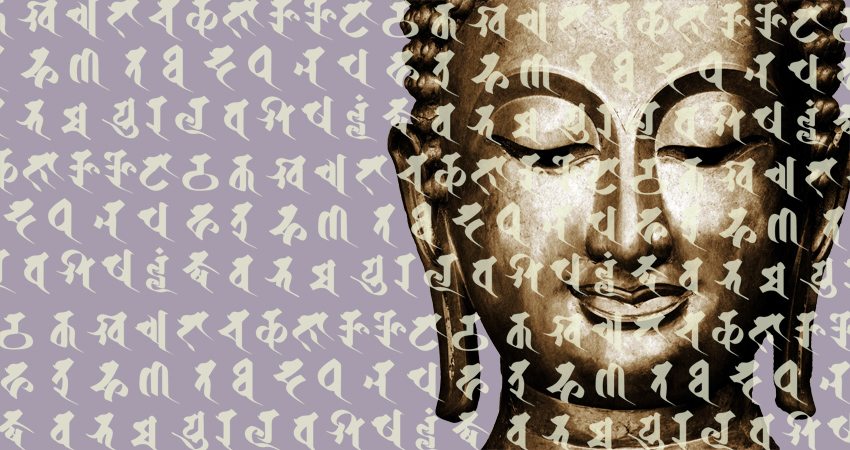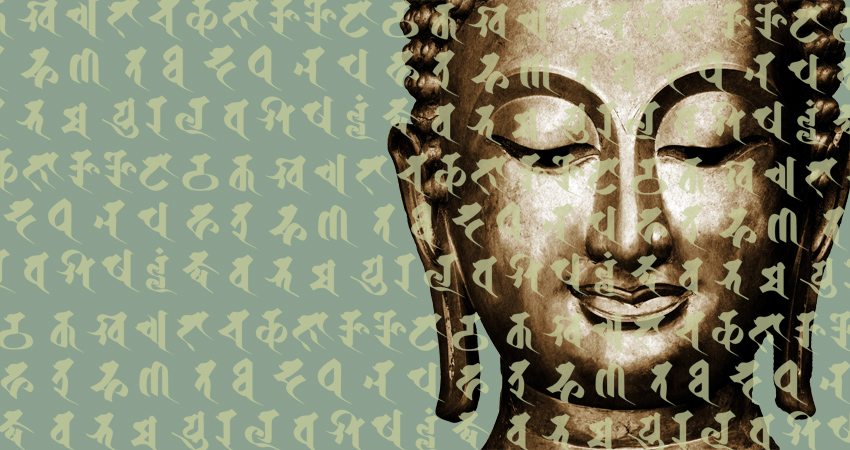
Nirvana through Art & Writing, Part 1: Nirvana Means Extinction
Categories: Guest Post Psychology & Personal Growth Spirituality & Religion
The Bhagavad Gita lists three paths to enlightenment: karma yoga (the way of action), jnana yoga (the way of knowledge), and bhakti yoga (the way of devotion). These have been adopted by other faiths, including Buddhism, and the first path, karma yoga, influenced Zen. According to its precepts, humans can attain enlightenment through seated Zen (called zazen), but such attainment is not limited to such practice. In Japan, art forms like calligraphy, writing, and painting have been said to embody Zen principles. Therefore, if approached in the correct manner, one can attain satori (enlightenment) or nirvana through their practice. For this to be a possibility, one must understand the nature of both attainments, and how karma (action) can influence them.
Many people misunderstand basic concepts in Buddhism and other religions. They wrap themselves in what others around them have misinterpreted, and they accept their explanations as truthful. In this way, confusion spreads. The best way to eliminate misconceptions is to step back and see things anew. The historical Buddha sat underneath the Bodhi tree at Rsipatana, and many say that he attained complete enlightenment. However, there is more to this story hidden in plain sight.
If the Buddha is special because he attained enlightenment, adherents should consider his followers equally special, as according to early Buddhist texts written in both Pali and Sanskrit, upon hearing the Tathagata’s words, they likewise attained enlightenment. The modern-day, worldwide Buddhist faith emerged from Siddhartha Gautama’s teachings, though, and not from others who have been enlightened. The fact is, enlightenment is not rare. Many have flashes of insight called satori. Some progress further than others, and they achieve more complete forms of it: more satori experiences. Sakyamuni did not describe his experience as enlightenment in the Pali language. Instead, he said that he had attained nirvana (nibbana in Pali).
This term does not mean awakening or enlightenment. In fact, it means nothing even close. Nirvana translates to extinction.
Siddhartha Gautama ceased to exist that summer evening near the Nairanjana River, and it was an experience so moving that he remained in the area for weeks trying to assimilate it. One of his appellations, Tathagata, literally translates to “thus gone,” supporting this doctrine. But what exactly is this teaching? What does, “He no longer existed” mean? He certainly continued to live and instruct others, so why did he refer to his own experience as nirvana (extinction)? When answering questions like this, adherents of many faiths try to find obscure meanings in straightforward language. But the truth is not withheld or hidden. It is in plain sight. If seekers can remove their own preconceptions, they can begin to view things clearly, and if they see things as they are, they will grasp this profound message. They will perceive the state of being called nirvana, and they will understand why this word, and not another meaning “awakening” or “enlightenment” describes the experience.
Nirvana is the extinction of the ego. It is realizing that you, what makes you who you are, is not the real you.
Strip away the outward things, such as your career, your personality, your past, and your future aspirations, and what do you have left? This is the real you. It is not dependent on what you do or what you look like. It is timeless, formless. Certainly, it is difficult to experience this truth, as people are generally caught up with external things, which they believe make them who they are. That is why nirvana is rare, even though many experience different degrees of enlightenment. Full, complete enlightenment can only come through nirvana, and nirvana is only possible when one cuts off thoughts of the past or the future and truly exists in the present.
If you exist in the present and you have tamed your mind, you will begin to perceive things as they really are. Certain types of meditation help to lead practitioners toward this state, but art can do the same. As strange as it may seem, artwork can flow through you while you are not consciously trying to create. In this way, it seems that another source directs the process of creation, and it may force you to wonder if the piece had always existed, and you simply brought it forth into reality. To understand this, consider shakyo and Siddham characters.



